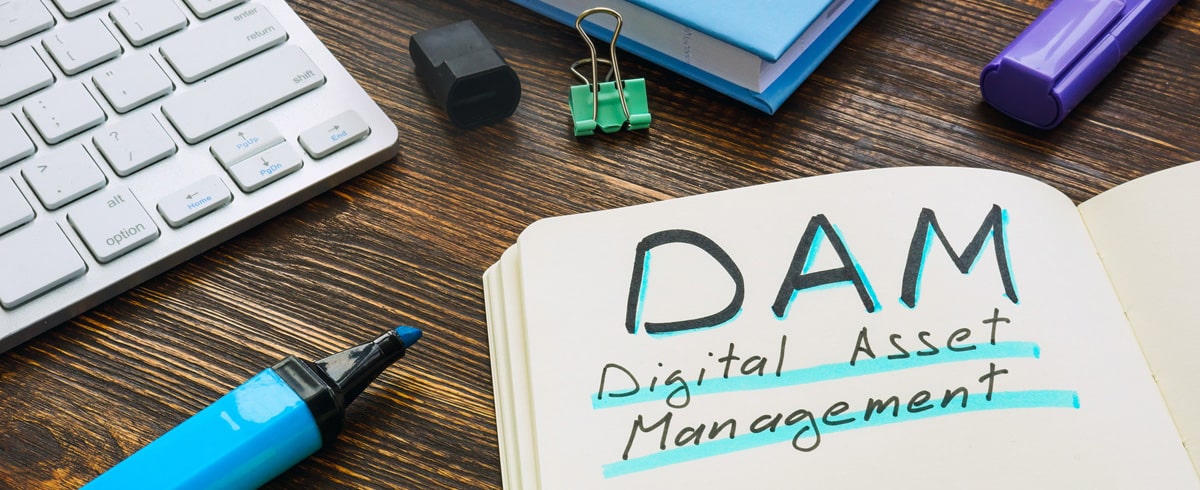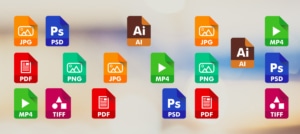Digital asset management is relevant to a wide range of professions, industries and business sectors. In the stock photo (image) industry, digital asset management is nothing less than bread and butter. There, rights to use digital photos, graphics and videos are monetized. If an sotck photo agency does not operate a clean file and metadata management, this has a direct impact on the development of sales. Professional photographers, who often market their images independently, are also classic users of DAM software. Digital asset management is also practiced in libraries, archives and other institutions with a scientific orientation. However, there is no monetary incentive there; instead, it is mostly a matter of storing digitized material (media of analog origin) securely in the long term and making it accessible for research and teaching.
This is more about users who run digital asset management within a profit-oriented company. These may include, for example, professionals from the following fields:
-
- Marketing
- Public Relations
- Corporate Communications
- Distribution
- Human Resources
You may think of other internal areas. Basically, the issue affects all employees who regularly have to work with representative material from the company’s media pool.
External stakeholders
Outside a company, there are also actors of different types. These can be, for example:
-
- Photographers
- Press
- Agencies
- Customers
- Clients
- Partner
- Sponsors
External users are the beneficiaries of good digital asset management. For example, a photographer gets exactly the access rights he needs to upload his photos to a specific folder; a press representative can obtain exactly the documents he needs for well-founded reporting; agencies can deliver their design proposals directly to the responsible person in the company; customers can search specifically for products and download corresponding brochures; sponsors receive exactly the photos on which their logo has been well staged, etc. Digital asset management offers a wealth of possibilities. These are just a few examples that can be realized with the help of professional DAM software.

 https://www.teamnext.de/wp-content/uploads/2022/08/bildverwaltung-bilderverwaltung-header.jpg
720
1650
Björn Buxbaum-Conradi
https://www.teamnext.de/wp-content/uploads/2022/03/teamnext-mediahub-logo-bunt.svg
Björn Buxbaum-Conradi2022-08-11 16:02:172024-05-06 10:32:42What defines good image management? Manage images professionally in 2024
https://www.teamnext.de/wp-content/uploads/2022/08/bildverwaltung-bilderverwaltung-header.jpg
720
1650
Björn Buxbaum-Conradi
https://www.teamnext.de/wp-content/uploads/2022/03/teamnext-mediahub-logo-bunt.svg
Björn Buxbaum-Conradi2022-08-11 16:02:172024-05-06 10:32:42What defines good image management? Manage images professionally in 2024



